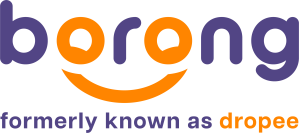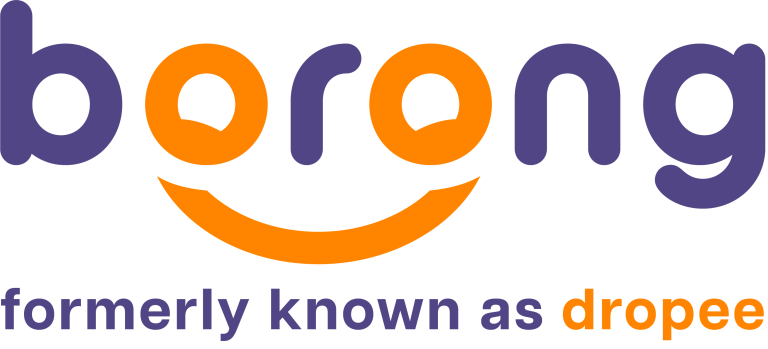The turbulence of recent years has underscored the critical importance of an organization’s ability to manage its cost base, as a business’s expenses can determine its success or failure in volatile environments. In response, the expectations placed upon procurement teams have evolved far beyond the traditional role of supply chain management.
Today’s procurement leaders are expected to act as strategic partners to the business. They are called upon for guidance on everything from supply continuity to optimizing contracts for sustainable, long-term growth. Therefore, the modern procurement team needs to have the agility, flexibility and efficiency to control every aspect of the purchasing cycle.
The problem, however, is that most procurement leaders aren’t in control—or not like they should be.
The Importance Of An Effective Procurement Process
My company, a spend management platform for finance and procurement, conducted a survey of 300 procurement leaders in August for our Procurement Impact Report, and we found the highest-performing companies, in terms of efficiency, speed to market and innovation, all shared one key trait: a mature procurement setup that leverages technology and modern thinking.
But the vast majority of businesses (82%) have not fully optimized procurement and are hindered by various obstacles to growth:
– Difficulty navigating economic uncertainty: 44% report that their lack of procurement maturity hinders their ability to manage inconsistent macroeconomic conditions.
– Compliance risks: 36% of procurement leaders surveyed “feel unable to manage supplier risks and ensure compliance with legal and regulatory requirements.”
– Uncontrolled spending: Companies with less mature procurement processes are more likely to face maverick spending, where purchases are made without the involvement of finance or procurement teams.
Fixing The Procurement Problem
It’s clear that businesses must act. Many organizations are still grappling with disjointed procurement processes, relying on a Frankenstein mess of spreadsheets and email threads that is throttling the businesses’ progress and reinforcing an unnecessary negative perception of procurement as a blocker.
The key to fixing the problem lies in streamlining the procurement workflow. Organizations can automate repetitive tasks and build transparent, easy-to-follow processes to remove the friction that comes with constant manual intervention and avoid the inaccuracy and inefficiency that negatively impact business performance. This can help ensure procurement always knows where a contract is, what it consists of and its status at all times. This can also result in greater control and peace of mind that the whole organization is buying responsibly.
Crucially, a well-designed workflow will set up procurement leaders to recast their functions as strategic powerhouses that are able to positively influence innovation, productivity and compliance efforts.
Building A Modern Procurement Workflow
Given the complexity involved in designing a truly effective workflow that engages the right people at the right time, it’s no wonder that many procurement functions are lagging. Here are my key considerations for creating a purchasing workflow on your own that makes procurement more impactful across the whole organization:
1. Automate strategically
Automation can allow procurement teams to focus on more strategic projects without sacrificing the speed and quality of day-to-day procurement activities. By automating key steps, such as routing a task to the next person in the approval sequence when a task is completed, you can improve the flow of the process without sacrificing oversight.
It’s about ensuring the right people have the right information and can collaborate in a unified way. An easy win is automating task assignments at key process steps. For example, when a task is finished, a notification with key information could ping the next stakeholder to allow them to easily approve their task or discuss any blockers.
That said, procurement automation does have its limits. For a workflow to be truly effective, the strategic oversight of experienced procurement and finance leaders remains essential. These leaders play a critical role in the purchasing journey, and their expertise can guide the organization and help make informed decisions. For example, while automating the collection of vendor benchmarking data and pricing insights can streamline processes, it’s still crucial for a skilled procurement manager to lead negotiations with the software vendor. Bringing in their judgment and negotiation expertise will ensure you achieve the best outcomes.
2. Create a singular, companywide intake channel.
Moving Forward
To regain control of procurement, businesses must eliminate bottlenecks and involve the right stakeholders at the right time. This turns procurement from a back-office necessity into a key driver of strategic growth.


